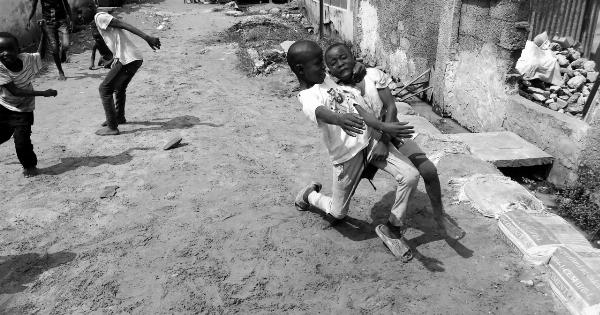Physical therapy is an important aspect of patient care, especially for those suffering from tuberculosis. Tuberculosis, commonly referred to as TB, is an infectious disease caused by the Mycobacterium tuberculosis bacteria.
The disease spreads through the air and can affect various parts of the body, but it primarily attacks the lungs. The World Health Organization (WHO) reports that around 10 million people were diagnosed with TB globally in 2019, with 1.4 million deaths resulting from the disease.
Physical therapy has been proven to be an effective tool against TB, especially for patients with respiratory difficulties. In this article, we shall delve into the role of physical therapy in combating TB.
How Tuberculosis Affects the Body
Tuberculosis usually affects the lungs and can lead to various symptoms such as cough, fever, weight loss, and night sweats. The bacteria enter the body when someone breathes in air contaminated with the TB germs.
The bacteria can then move into the lungs and cause infection. In some cases, the bacteria can stay dormant in the body and not cause any symptoms. However, an individual with a weakened immune system can experience an active TB infection, which can cause serious illness.
Diagnosis of Tuberculosis
A diagnosis of TB is typically made through several tests. A chest x-ray is usually the first test that is performed, followed by a sputum test, where a sample of the patient’s mucus is examined for the bacteria.
In some cases, a CT scan or a biopsy may be performed to confirm the diagnosis.
Treatment of Tuberculosis
TB is usually treated through a combination of drugs and antibiotics over a period of 6 to 9 months. This helps to kill the bacteria and reduce the chances of the patient developing complications.
It is important that the patient completes the entire course of medication as prescribed by their healthcare provider.
How Physical Therapy can Benefit TB Patients
Physical therapy can be an effective tool against TB, especially for respiratory difficulties that may occur as a result of the disease. TB can cause lung damage and reduce lung function, making it more difficult for patients to breathe.
Physical therapy can help improve lung function and control the symptoms associated with TB. There are different types of physical therapy that can be used to treat TB patients.
Breathing Exercises
Breathing exercises can help to improve lung function and increase oxygen levels in the body. These exercises can help to reduce the severity of the symptoms associated with TB, such as shortness of breath and fatigue.
Examples of breathing exercises include deep breathing, diaphragmatic breathing, and pursed-lip breathing.
Postural Drainage
Postural drainage is another form of physical therapy that can benefit TB patients. It involves positioning the patient in a way that allows mucus to drain from their lungs. This can help to reduce the amount of mucus in the lungs and improve breathing.
Chest Physiotherapy
Chest physiotherapy involves various techniques that help to remove mucus and improve lung function. These techniques include clapping, vibration, and chest percussion, among others.
Chest physiotherapy can help to reduce coughing and improve breathing in TB patients.
Exercise
Exercise is an important aspect of physical therapy for TB patients. Exercise helps to improve aerobic capacity, lung function, and overall fitness. It also helps to reduce stress and improve mental health.
However, it is important that TB patients engage in physical activity that is appropriate for their condition, as rigorous exercise can cause fatigue and worsen symptoms.
Nutrition
Proper nutrition is also crucial for TB patients. A balanced diet can help to boost the immune system and reduce the risk of developing complications. TB patients should consume a diet rich in protein, vitamins, and minerals.
Supplements may also be needed to ensure that the patient is getting enough essential nutrients.
Conclusion
Physical therapy is an important tool in the treatment of TB. It can help to improve lung function, reduce symptoms, and improve overall health.
TB patients should discuss physical therapy options with their healthcare provider to determine the best course of action. Patients should also adhere to their medication regime and practice good hygiene to reduce the likelihood of spreading the disease to others.




























